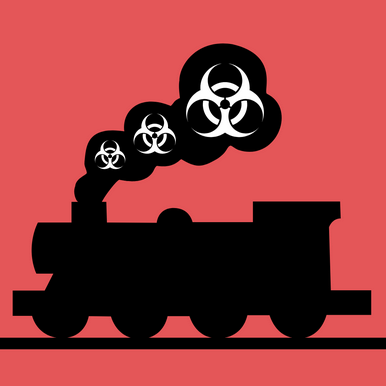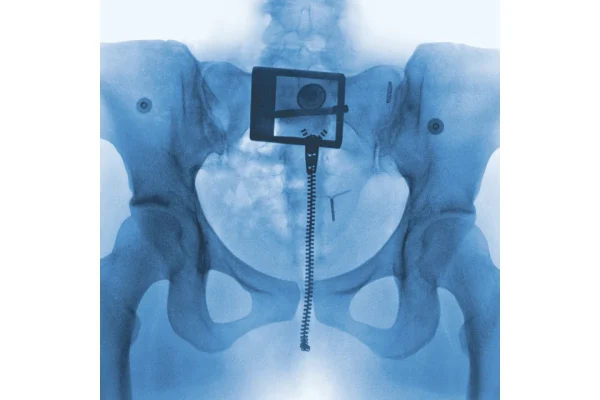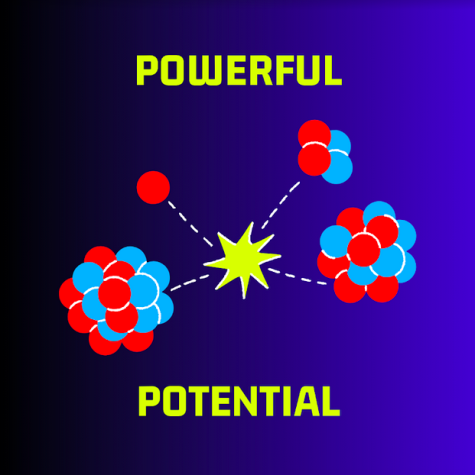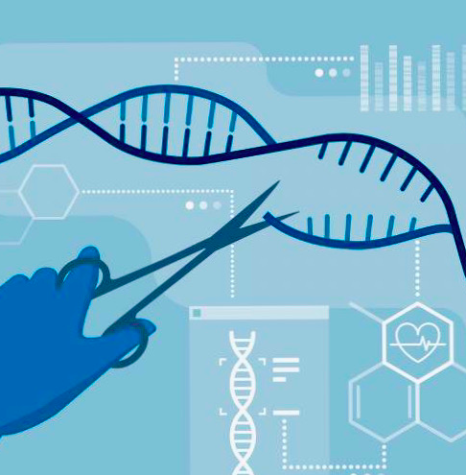Opinion: ‘White Noise?’ No, red flag
If you were anywhere on Twitter or Letterboxd this past December, you’ve probably heard of White Noise starring Adam Driver and Greta Gerwig. In this very odd (but good in its own way) movie, a family struggles to adjust to everyday life after the Airborne Toxic Event (also caused by a train derailment in Ohio) that strikes their town. Grappling with love, life, and death, this apocalyptic movie looks at happiness and the mundane in an unpredictable world and future. However, you probably weren’t thinking that anything even remotely similar to this would be happening in the real world… think again!
What are the facts of this real-life event?
- The Ohio derailment began on February 3rd, with 50 Norfolk Southern cars crashing in East Palestine
- The toxic chemical vinyl chloride was released into the water, air, and soil — an environmental risk on many levels
- On February 6th, the government conducted an intentional controlled burn of the chemical to avoid other explosions and asked residents to evacuate surrounding areas
- Residents were allowed to return and were told it was safe Feb. 8
- Concern continues to grow as residents report the strong smell of chlorine throughout the area and are unsure of drinking-water safety
Why is this a problem? In a scientific sense, this train derailment can result in a multitude of issues. Some of them include:
- The release of noxious gas vinyl chloride is extremely toxic — affecting the liver, lungs, kidneys, and blood, many have reported headaches, nausea, and burning of the eyes and throat
- At least 5 tanker cars were pulled by this train, with all 5 releasing vinyl chloride into the atmosphere
- Ecological effects have resulted in the death of over 3,500 fish, with other animals being reported that their livestock is dying
- When vinyl chloride burns (with the fire caused by the derailment) phosgene and hydrogen chloride are the products — phosgene was used as a choking agent during WWI
This is projected to be one of the largest environmental disasters in US history, followed by wildfires sweeping the west and water shortages throughout the country. This event does not only affect the air, but the water surrounding it as well.
“Fear is self-awareness raised to a higher level” – Don Delilo, author of White Noise
Water officials from the EPA state that the levels of butyl acrylate in the Ohio River Basin and its connecting streams is low enough and keeps getting lower for consumption, but many are scared of its contamination.
The Ohio River Basin provides water to approximately 5 million people – and the Natural Resources Defense Council believes this is an issue that needs to be taken more seriously, regardless of how low levels are of the chemical in the water.
The NRDC states that water pollution accounts for more deaths annually than war and other violence combined. Keeping that in mind, we only have access to 1% of all fresh water for consumption, and this problem will get worse as we approach 2050. If no interventions are made, such as taking climate change seriously and protecting our natural waterways, we could face even worse challenges in the future.
“Out of some persistent sense of large-scale ruin, we keep inventing hope” – Jack Gladney, title character in White Noise
Taking Jack’s advice to find hope even in the face of ruin, here are some ways you can help with water contamination in your own communities:
- Reduce plastic consumption and reuse whenever plausible
- Dispose of chemical cleaners with the utmost care — oils, nonbiodegradable substances, and other cleaners can be damaging towards aquatic resources, so take the time to educate yourself on how to properly discard of them
- Consider changing your landscaping and habits surrounding your yard – reduce runoff with a different layout, avoid herbicides and pesticides, and look into better ways to make the most out of water used each year
- Dispose of old medications at their appropriate locations — DO NOT flush old medications down the toilet, as this can leech into water sources!
- Notice a storm sewer is blocked? If you can, take the time to clean out any debris so that any potential natural detritus is kept out of local waterways
Holding officials accountable for their actions in this is necessary, too. Regardless of the fact that this train derailment was an accident, changes can and should be implemented to prioritize the safety of our environment and the people and animals that inhabit it. While the Biden administration believes that the response to the event was sufficient, many believe that more needs to be done – even if their requests fall on deaf ears. Norfolk Southern, the company that owns the 50 cars that were destroyed, will be held accountable financially, required to pay for cleanup of the toxic sites due to the fire and chemical spill.
But residents are still wary, and rightfully so. Who is to say what kind of impact this will have on their community a few weeks, months, or even years into the future? It is no secret that our country fails to prioritize the effects we actively make on our environment each day. While the CDC is sending out health professionals to perform public health testing and analyses, the true damage of this disaster will not be quantified anytime soon.
If this event makes you angry, sad, or a combination of both, keep that energy and use it to motivate yourself and your communities towards making a difference. Climate change and other environmental disasters are preventable with the help of many. Take this red flag and make it green.














yousef • Feb 22, 2023 at 11:27 AM
I am not a conspiracy theorist, but it is awfully odd this movie came out months before an actual train derailment AND MyID digital medical ID programs were rolled out in East Palestine in November meant to allow emergency personnel to more easily get pertinent medical information from you in the event of an emergency…. Fox reported on the program in November.
Is this a massive coincidence or another Gulf of Tonkin?